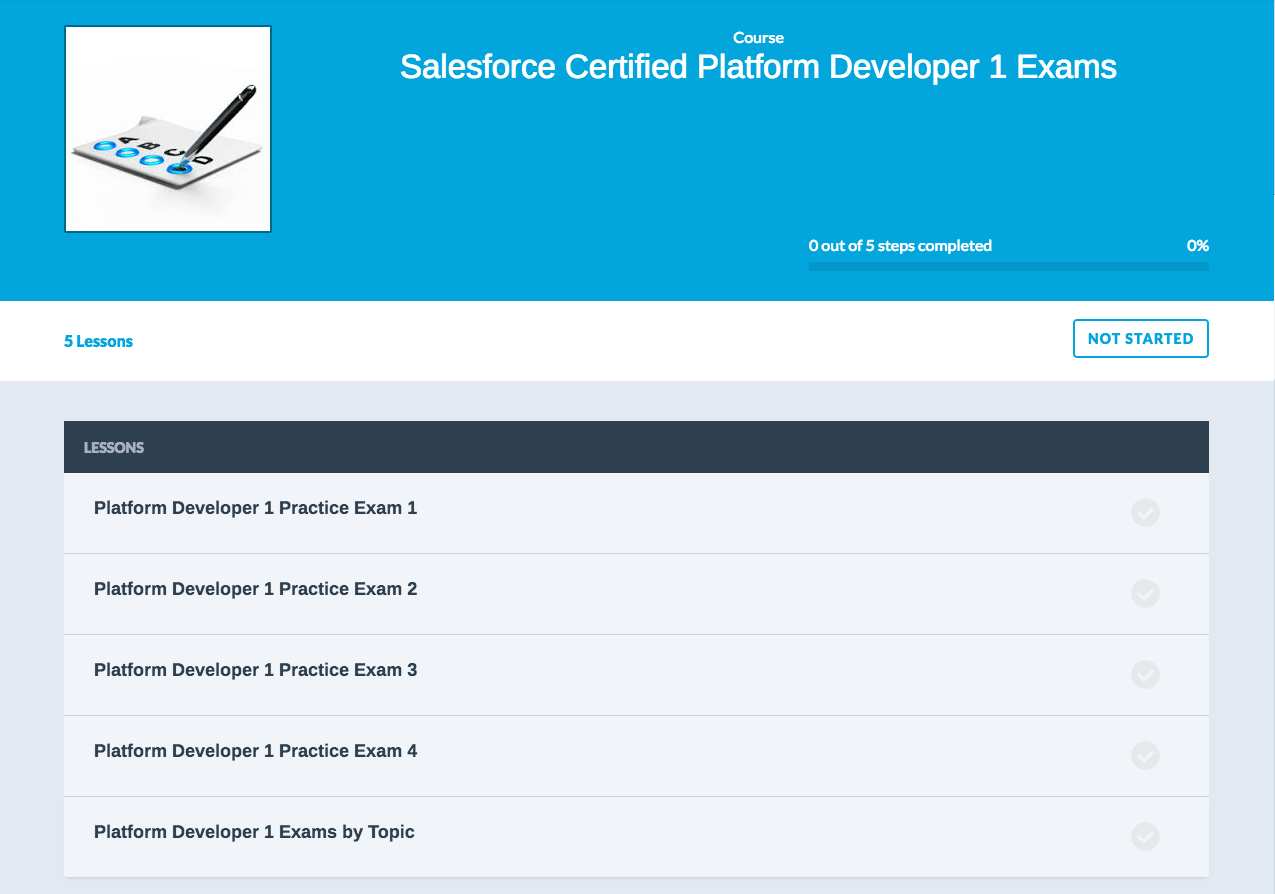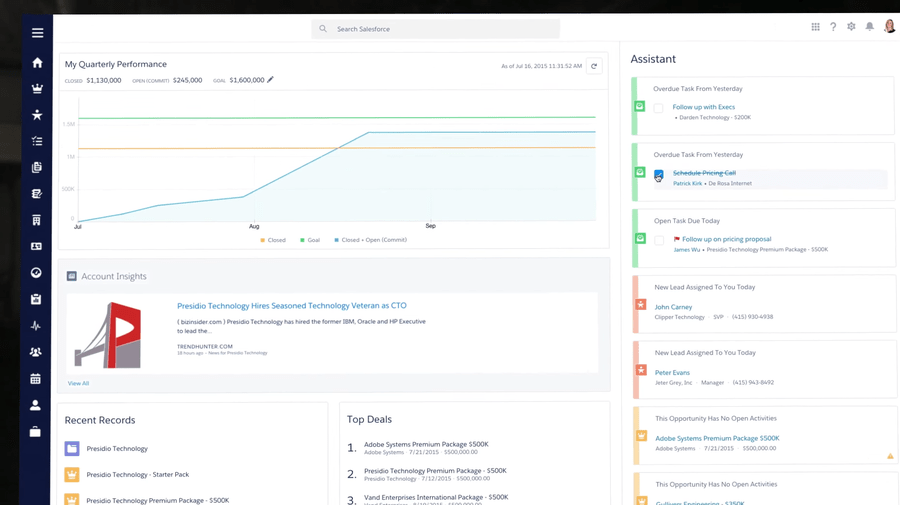

- #What is the salesforce platform app builder vs dev 1 how to
- #What is the salesforce platform app builder vs dev 1 code
However, I did replace the default Record Name value with Witty Response: I created a new custom object with a label of Stand Up and kept the default object name of Stand_Up. Next, I used the Create | Custom Object option: Within Setup, I simply navigated to Objects and Fields | Object Manager.
#What is the salesforce platform app builder vs dev 1 code
If you happened to close that browser window, use the following VS Code Cmd+Shift+P/Ctrl+Shift+P command to open the default org in a browser window:

Using the browser page that opened in the section above, I used the Salesforce Setup perspective to create a new custom object. VS Code is now connected to my sandbox, and we are ready to get started with the Stand Up component. When asked for a login alias, I simply hit the Enter key:Ī browser window appeared, and I logged in to my sandbox org. VS code will prompt for a login URL option.

Once you have a developer org to use, you can then use the following Cmd+Shift+P/Ctrl+Shift+P command to connect VS Code to that org: If you need to create a new one, then check out the following URL: Next, we need to connect to a Salesforce org, which I will use one of my existing sandboxes.

I placed the project into a folder called stand-up-web-component and opened a new workspace in VS Code: I called my project StandUpLightningWebComponent: To make things quick and easy, I selected the Standard option: With Visual Studio (VS) Code running and the Salesforce Extension Pack installed, getting started with the Stand Up app is as simple as using the Cmd+Shift+P (on my MacBook Pro) or Ctrl+Shift+P (Windows machines) and typing the following command: The App will run inside the Salesforce mobile client. Display the response on the screen for the developer to relay during the daily stand-up session. The All button will select a random response across all three types.ĭ. When the user selects a button, select a random response that matches the type property of the custom object.Ĭ. Starting the app will present the four buttons (noted above)ī. Type includes the following values to assign a type to the response:Ĭreate a Stand Up component and display four buttons:Ī. Name (existing property) will be the responseī. To help developers keep things fresh, we will create the “Stand Up” app using the Lightning App Builder.Ĭreate a custom object (called Stand Up) to house the following information:Ī. While agile teams don’t typically ask the question the same way that traditional project managers would, the need to communicate your current status is still part of the daily regimen for most feature developers. During that time, I have found joy in hearing creative developers provide witty responses to the ever-popular team manager question, “Is it done yet?” In the three decades that I have been creating applications, I have been a member of more than my fair share of feature teams. Record - page layout for a focused perspective of dataįor this article, I will focus on the App option and create a brand new application.The Lightning App Builder supports single-page applications that fall into one of three categories: This allows developers to focus their time on meeting business needs and objectives. Like what Heroku offers from an application hosting perspective, the Lightning App Builder product handles a majority of the application foundation. The Salesforce Lightning App Builder is a point-and-click tool to create single-page applications that can be used on mobile devices. I decided to take a look first at what the Salesforce Engineering team had to offer. Though I understand Heroku is not an ideal choice in every situation, a large majority of the applications running today could take advantage of what Heroku has to offer and keep feature teams supporting those applications laser-focused on adding new functionality.Īs I’ve started to do more work in the mobile app space, I wondered if there is a Heroku-like option for mobile app development for building Salesforce apps. I can stay focused on what I truly enjoy: adding value to custom applications and deploying new releases using basic git-based operations. While I know that Heroku is using AWS behind the scenes, it has had zero impact on my time. Within a very short period of time, I was able to move this same application over to Heroku.
#What is the salesforce platform app builder vs dev 1 how to
While the entire world was trying to figure out how to navigate amid a global pandemic, I was diving into the Heroku PaaS… and loving it. That all changed when spring 2020 arrived… The biggest lesson I learned was that I felt like I spent more time trying to understand AWS and less time making enhancements to her application. I decided to replace the application with an Angular client and Spring Boot service running inside of AWS. In the fall of 2018, I decided to replace an application my mother-in-law was using for her real estate business.


 0 kommentar(er)
0 kommentar(er)
